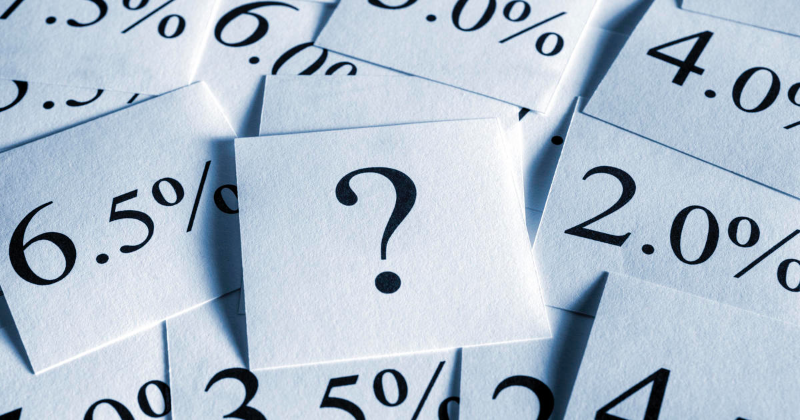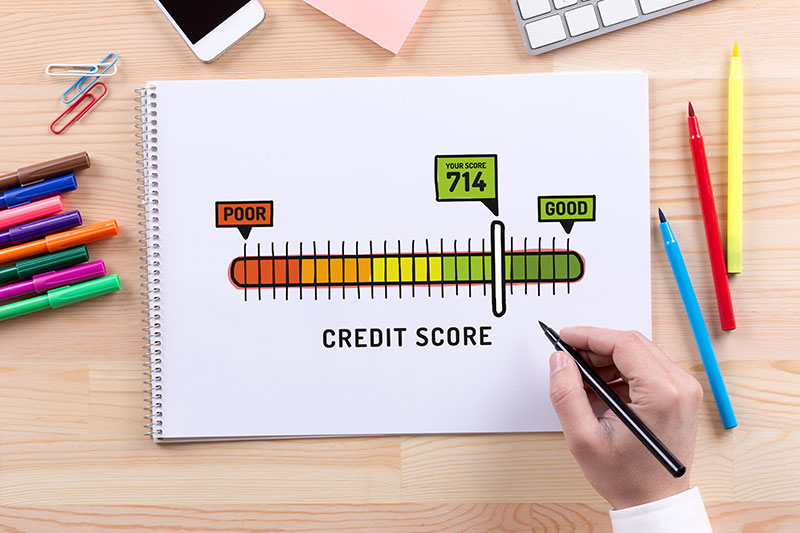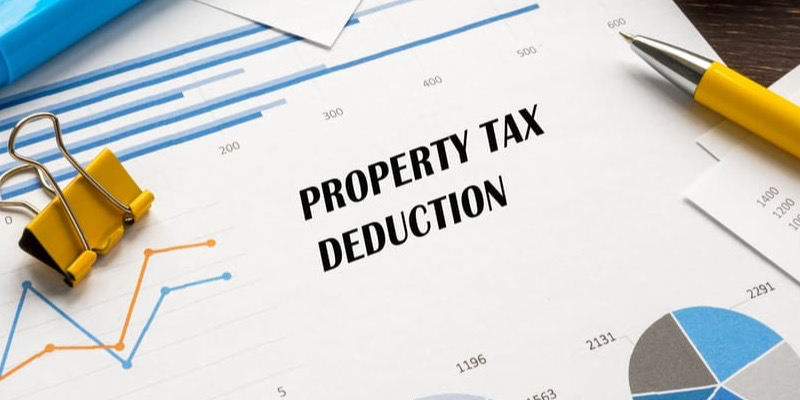A Comparative Analysis Between Personal Loans and HELOCs
Mar 22, 2024 By Susan Kelly
Understanding Personal Loans and HELOCs is essential when navigating borrowing options. While both provide access to funds, they serve different purposes and operate uniquely. Personal loans offer a lump sum with fixed interest rates, suitable for various expenses. In contrast, HELOCs, secured by home equity, provide a revolving line of credit, ideal for ongoing expenses or projects. By comprehending these differences, borrowers can make informed decisions tailored to their financial goals and circumstances.
Interest Rates and Fees
Typically, personal loans feature fixed interest rates that guarantee stability in monthly payments throughout the loan term. This predictability proves advantageous for budgeting purposes. Borrowers have a precise understanding of their monthly obligations. Nevertheless, it may not always be the most economical choice to opt for fixed rates, particularly if interest rates decline post-securing the loan.

Conversely, Home Equity Lines of Credit (HELOCs) frequently present variable interest rates. This implies that the rate can oscillate according to market fluctuations. The volatility may yield lower initial rates, yet it paradoxically introduces unpredictability. Borrowers could confront escalated payments should interest rates ascend. Before opting for a HELOC, borrowers must meticulously assess their risk tolerance and financial situation.
- Rate Lock: Consider whether locking in a fixed rate is preferable to mitigate potential increases in interest rates.
- Market Trends: Keep an eye on market trends to anticipate changes in variable interest rates and their impact on payments.
Loan Amounts and Terms
Borrowers receive a beneficial upfront lump sum of money through personal loans, particularly useful for financing specific expenses like home renovation projects or high-interest debt consolidation. Factors such as creditworthiness and income typically limit the loan amount nonetheless.
HELOCs, in contrast, afford borrowers a revolving credit line. This permits them to access funds as necessary within an agreed-upon draw period. Homeowners who foresee continual expenses or unpredictable funding requirements can derive an advantage from this flexibility. Moreover, typically after the draw period concludes, a repayment phase ensues. During these periods borrowers are obligated to settle any remaining balances.
- Draw Period Management: Plan how to manage funds effectively during the draw period to avoid overextending finances.
- Repayment Strategies: Develop a repayment strategy to ensure that funds borrowed during the draw period can be repaid within the repayment period.
Collateral and Risk
Typically unsecured, personal loans necessitate no collateral. This attribute of accessibility renders them an enticing option for borrowers lacking substantial assets to pledge as such. Nevertheless, a consequence tied directly to their lack of security is that these types of loans often incur higher interest rates than those that are secured.
Contrasting that in the Home Equity Lines of Credit (HELOCs), the borrower secures it with their home equity. Its a measure that reduces risk for lenders and consequently offers lower interest rates. Nevertheless, should a loan repayment fail, foreclosure may ensue. Thus, borrowers must meticulously deliberate upon their capacity to fulfill these obligations.
- Home Equity Protection: Understand the potential consequences of defaulting on a HELOC, including the risk of losing home equity.
- Risk Assessment: Evaluate personal financial stability and repayment capabilities to mitigate the risk of default.
Credit Requirements and Approval Process
During the approval process for personal loans, significant emphasis is often placed on creditworthiness. Factors like income, debt-to-income ratios, and credit scores undergo evaluation by lenders to establish eligibility as well as loan terms. This meticulous assessment guarantees that borrowers are capable of fulfilling their repayment obligations.

HELOC approval requires a meticulous evaluation of credit history and financial stability. Moreover, lenders also factor in the equity amount within the borrower's home. This acts as an essential collateral for the loan. Furthermore, to ascertain the accurate value of the property, a home appraisal may be part of this approval process.
- Credit Improvement: Take steps to improve credit scores and financial health before applying for a personal loan or HELOC.
- Equity Evaluation: Understand the importance of home equity in securing favorable HELOC terms and explore options to increase equity if necessary.
Utilization and Flexibility
Flexibility in fund utilization, the ability to apply funds for various purposes such as debt consolidation, home improvements, or unexpected expenses. These are what personal loans offer. This versatility is indeed an attractive option. It allows borrowers to promptly address specific financial needs.
Specifically tailored for homeowners who seek to tap into their home equity, HELOCs offer a flexible solution. They allow borrowers, as and when needed, to draw funds. This convenience serves as an advantageous financial resource; particularly for long-term projects or expenses.
- Budget Planning: Develop a budget plan to ensure responsible utilization of funds borrowed through a personal loan or HELOC.
- Emergency Fund: Maintain an emergency fund to cover unexpected expenses and avoid overreliance on borrowed funds.
Risk Management and Financial Planning
Understanding the distinctions between personal loans and HELOCs allows borrowers to assess their financial goals, risk tolerance, and repayment capabilities effectively. While personal loans offer simplicity and fixed payments, HELOCs provide flexibility and potential tax benefits but require careful budgeting to avoid overleveraging or default risks.
When managing risks and planning finances, borrowers should also consider their long-term financial objectives. Personal loans, with their fixed payments, are suitable for individuals seeking predictable repayment schedules and budget stability. However, borrowers should be cautious about overextending themselves, as missed payments can negatively impact credit scores.
- Consider Repayment Strategy: Evaluate whether a structured repayment plan aligns with your financial goals and budgetary constraints. A well-defined strategy can help mitigate default risks and ensure timely payments.
- Assess Potential Tax Implications: While HELOCs offer potential tax benefits, such as the deductibility of interest payments for qualified expenses, borrowers should consult with a tax advisor to understand the implications specific to their situation.
Conclusion
In conclusion, comparing personal loans and HELOCs involves evaluating factors such as interest rates, fees, loan amounts, terms, collateral, credit requirements, and utilization flexibility. Each financing option serves different purposes and suits varying financial situations. By understanding the nuances between personal loans and HELOCs, borrowers can make informed decisions aligned with their objectives and preferences.
-
 Know-how May 17, 2024
Know-how May 17, 2024USAA Home Insurance Review: Is It the Best Choice for Your Home?
Explore the benefits and features of USAA home insurance, tailored for military families seeking reliable coverage and excellent customer service.
-
 Know-how May 17, 2024
Know-how May 17, 2024The U.S. Department of Health and Human Services (HHS): A Comprehensive Guide
Explore the vital role of HHS in improving health and well-being in the US through key programs like Medicare, ACA, and public health initiatives.
-
 Taxes Mar 22, 2024
Taxes Mar 22, 2024Here’s What You Need to Know About Property Tax Deduction
Learn about property tax deductions and how they offer tax savings. Don’t miss out on homeownership benefits.
-
 Mortgages Mar 22, 2024
Mortgages Mar 22, 20244 Financial Solutions for Furloughed Employees
Explore financial assistance options through loans for furloughed employees, aiding in managing expenses during periods of reduced income.
